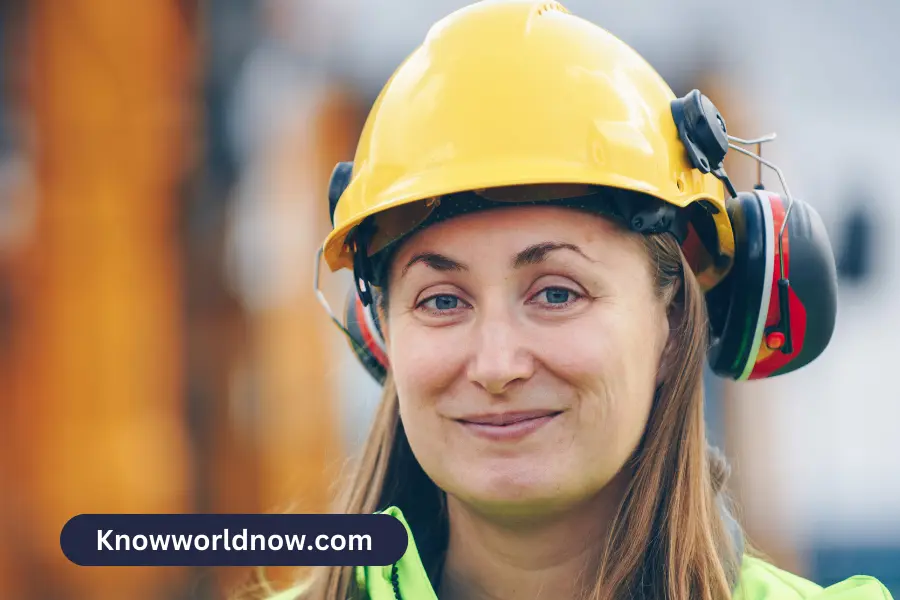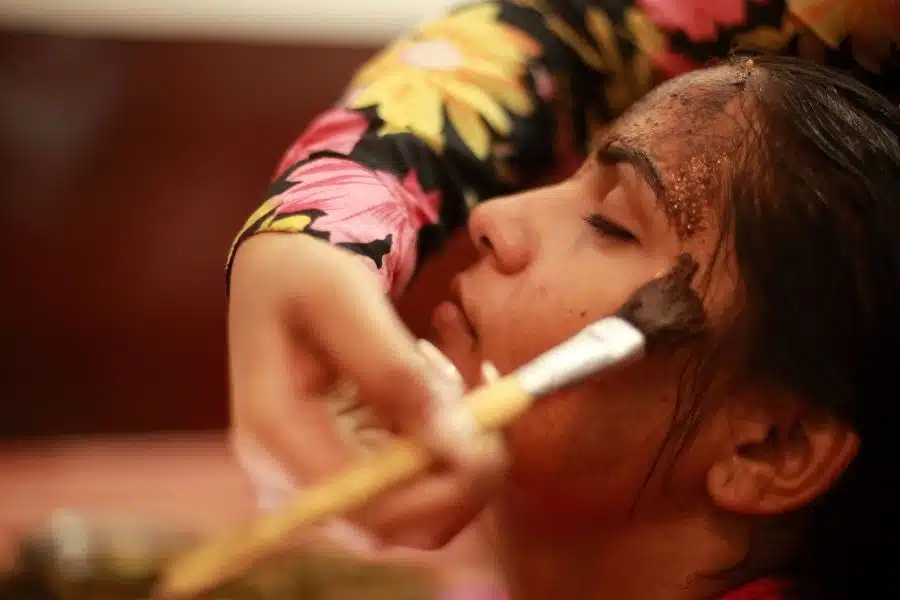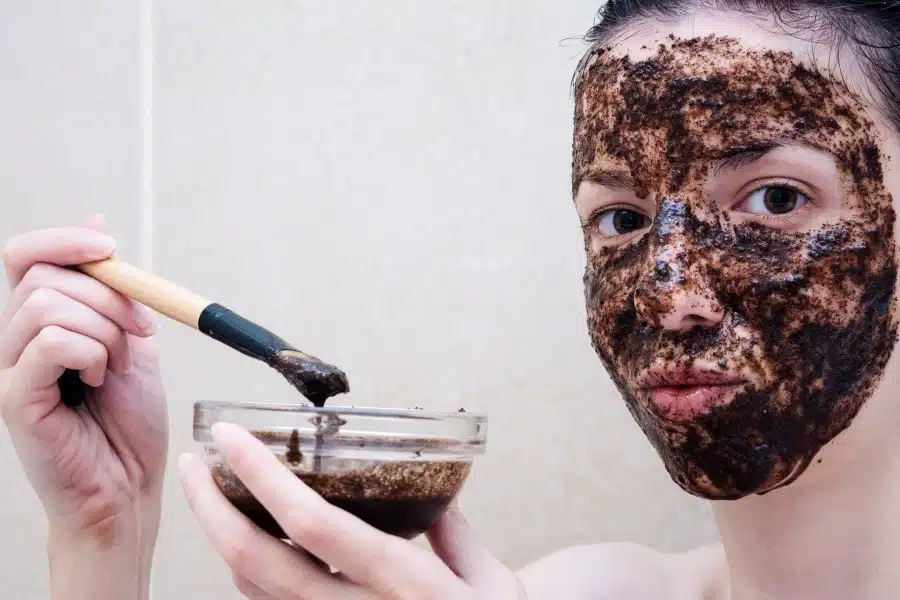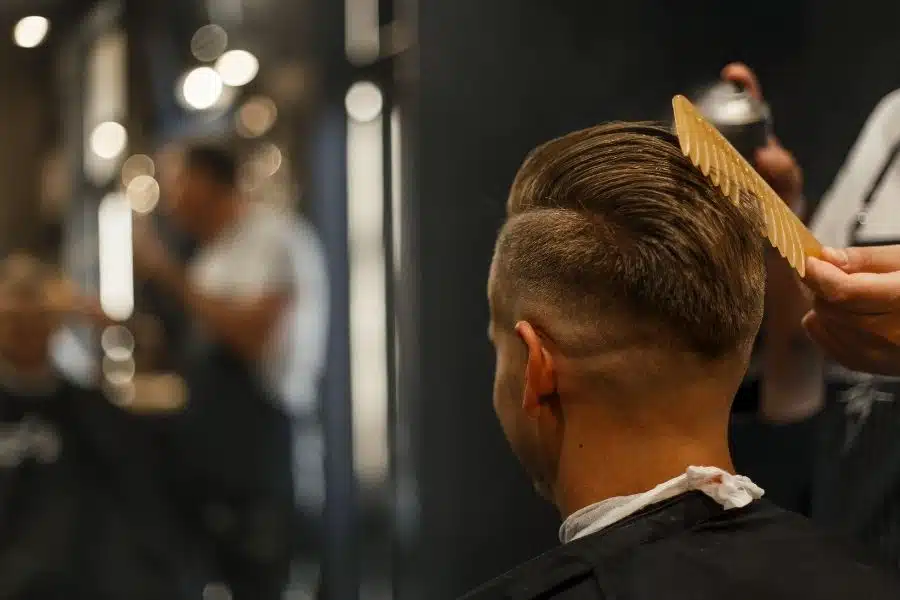Embarking on a journey through time, women’s workwear stands as a reflection of societal shifts and burgeoning feminist movements. As workplaces evolved, so did the attire of women.
Yet, the impact extends beyond the threads and stitches, molding confidence, reshaping professional images, and embodying equality. This exploration will take us from Victorian corsets to business-casual comfort and into a future marked by sustainable women’s fashion.
The Earliest Epoch: Victorian Era to the Early 20th Century
In the Victorian era, women’s workwear was more a mirror of societal norms than an expression of personal style. Women were clothed in full-length dresses, long sleeves, and petticoats, reflecting an era where modesty was paramount and limitations plentiful. Their roles, predominantly domestic, saw their clothing align with societal expectations more than professional necessity.
The turn of the 20th century brought two World Wars, and with it, significant changes in women’s workwear. As men marched to the front lines, women filled traditionally male-dominated roles. Their attire shifted to practicality, incorporating trousers and overalls, making a clear departure from the Victorian norms.
Mid 20th Century: The Feminine Ideal and Subsequent Rebellion
Post-war prosperity in the mid-20th century saw a return to more traditional gender roles. Women’s workwear was once again redefined, focusing on feminine silhouettes. Pencil skirts, blouses, and heels became staples. Society was more concerned with reverting to normalcy, and women’s attire reflected this conformity.
Then, the 1960s and 70s brought about a fashion rebellion parallel to the Women’s Liberation Movement. Women started trading skirts for pantsuits, reflecting their fight for equal rights. The adoption of traditionally masculine attire was more than a trend; it was an echo of feminist calls for equality, resonating in every fabric and seam.
Late 20th Century: Power Dressing and Casual Revolution
In the 1980s, power dressing became synonymous with the determined career woman. The trend emphasized shoulder pads, tailored suits, and bold colors. Women’s increasing presence in professional roles found a companion in power dressing, a sartorial statement of strength and ambition.
The advent of the tech industry and evolving work environments in the 1990s welcomed a more relaxed approach to workwear. Business-casual was born, merging professionalism with comfort. Polo shirts, khakis, and softer silhouettes replaced the rigid power suits, reflecting a shift towards a less formal and more inclusive workspace.
The 21st Century: Diverse Workwear for Diverse Roles
As the world entered the 21st century, women’s workwear evolved into a celebration of individualism and diversity. The attire began reflecting personal styles and comfort more than rigid societal norms. The dawn of the digital age and globalization has nurtured this shift, turning workwear into a tool for personal expression.
The pandemic and the subsequent rise of remote work further blurred the lines between formal and casual attire. ‘Zoom casual’ emerged as a balance between comfort and professionalism, reflecting the adaptability of women’s workwear.
Modern Professional Attire vs Traditional Workwear: The Advantages
The transformation of women’s workwear from the traditional to the modern encapsulates more than a mere fashion trend. It mirrors societal progress, reflects individual identities, fuels professional confidence, and underlines the importance of inclusivity and equality in the workplace. The shift in women’s workwear, thus, is a powerful testament to the evolution of women’s roles in the professional sphere.
Increased Diversity and Flexibility in Modern Professional Attire
In contrast to the confines of traditional workwear, modern professional attire for women thrives on diversity and flexibility. A marked departure from the ‘one-size-fits-all’ approach of yesteryears, the evolution in women’s workwear has welcomed an array of styles, fits, and forms. This change is a testament to society’s increasing acceptance of different body types and personal preferences.
Modern workwear understands that not all roles or individuals can be boxed into a single style. Whether you’re a high-powered executive who feels powerful in a well-tailored suit, an artist who thrives in flowing silhouettes, or a programmer who values the comfort of business-casual attire, the flexibility of today’s workwear embraces it all. It allows women to align their professional image with their authentic selves without compromising on comfort or credibility.
Empowerment and Personal Expression
This freedom of choice and expression in modern professional attire can also be empowering. Clothing plays a significant role in shaping our identities, and the shift towards individualistic workwear has given women an outlet for self-expression.
Modern workwear permits women to showcase their personalities, creating a visible correlation between their unique identities and their professional personas.
It’s an empowering shift, far from the homogenizing uniforms of the past. The clothing that women wear can now be a testament to their strength, individuality, and professional acumen.
Impact on Confidence and Professional Image
It’s often said, “dress for the job you want, not the job you have.” The transformation of workwear has had a profound impact on women’s confidence and their professional image. By allowing women to dress in a manner that aligns with their comfort and personal style, modern workwear helps them feel more self-assured and authentic.
This boost in confidence can have tangible effects on performance and perception in the workplace. When women feel confident in their attire, they project a more potent professional image, which can lead to higher self-esteem, better job performance, and a positive perception among colleagues.
A More Inclusive and Equal Workspace
Finally, the evolution of modern professional attire promotes inclusivity and equality in the workplace. Traditional workwear often adhered to rigid gender norms and expectations, creating a divide.
In contrast, modern workwear’s diverse and adaptable nature can help break down these barriers, fostering a workspace where individuals are acknowledged for their skills and contributions rather than their attire.
Anticipating the Future: What’s Next for Women’s Workwear?
As we look towards the future, the trends point towards sustainable women’s clothing. Sustainability, combined with technology, is poised to play a vital role in the evolution of women’s workwear. Moreover, the possibility of continued remote work might further influence the blend of comfort and professionalism.
From the confining attire of the Victorian era to the expressive versatility of today, the journey of women’s workwear is intertwined with broader societal changes.
It has echoed the triumphs and tribulations of feminist movements and mirrored the evolving professional landscape. As we venture into a future defined by sustainable women’s clothing and a seamless blend of comfort and professionalism, it’s clear that the evolution of women’s workwear is far from over.





![10 Best Bags for Nurses | Personal Recommendation [2023] 6 Best Bags For Nurses Reviews in 2021](https://knowworldnow.com/wp-content/uploads/2022/12/Best-Bags-For-Nurses-Reviews-in-2021.webp)
![The 8 Best Glow in the Dark Nail Polish Ideas [With Recommendation] 7 Best Glow in the Dark Nail Polish Ideas](https://knowworldnow.com/wp-content/uploads/2022/12/Best-Glow-in-the-Dark-Nail-Polish-Ideas-2.webp)